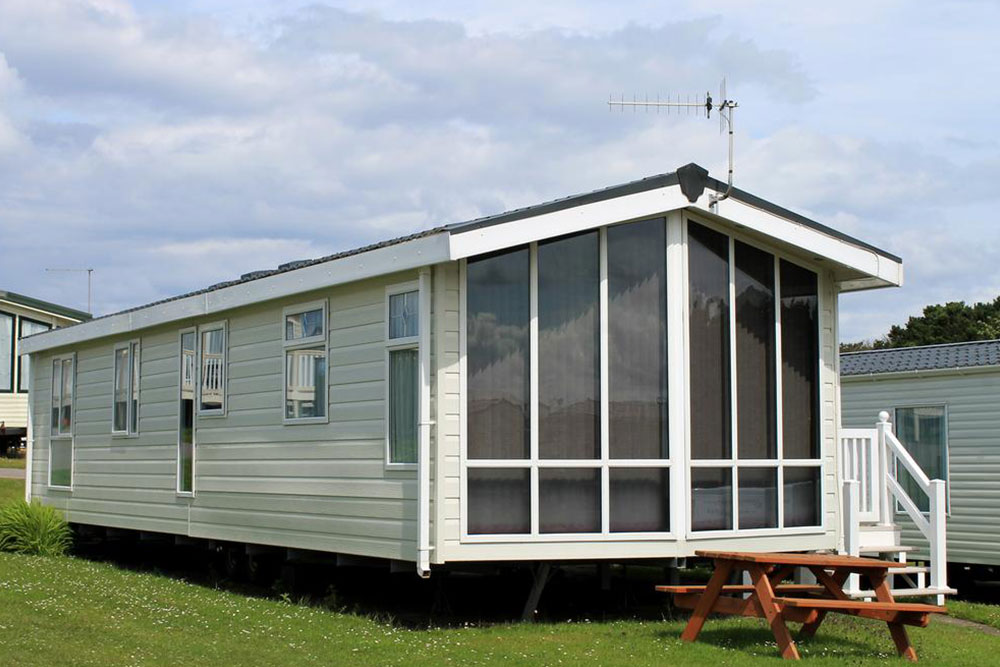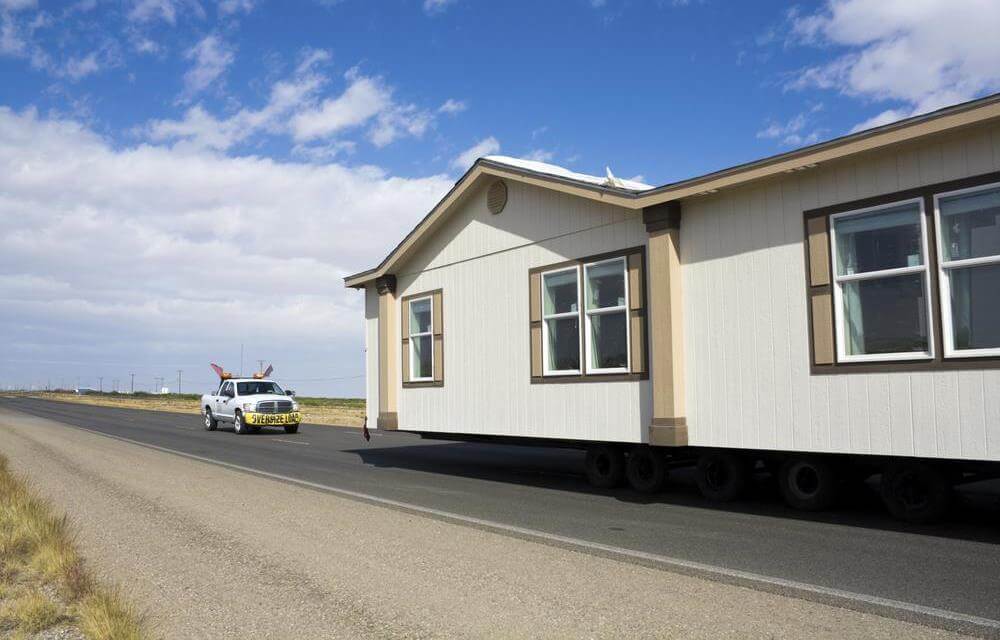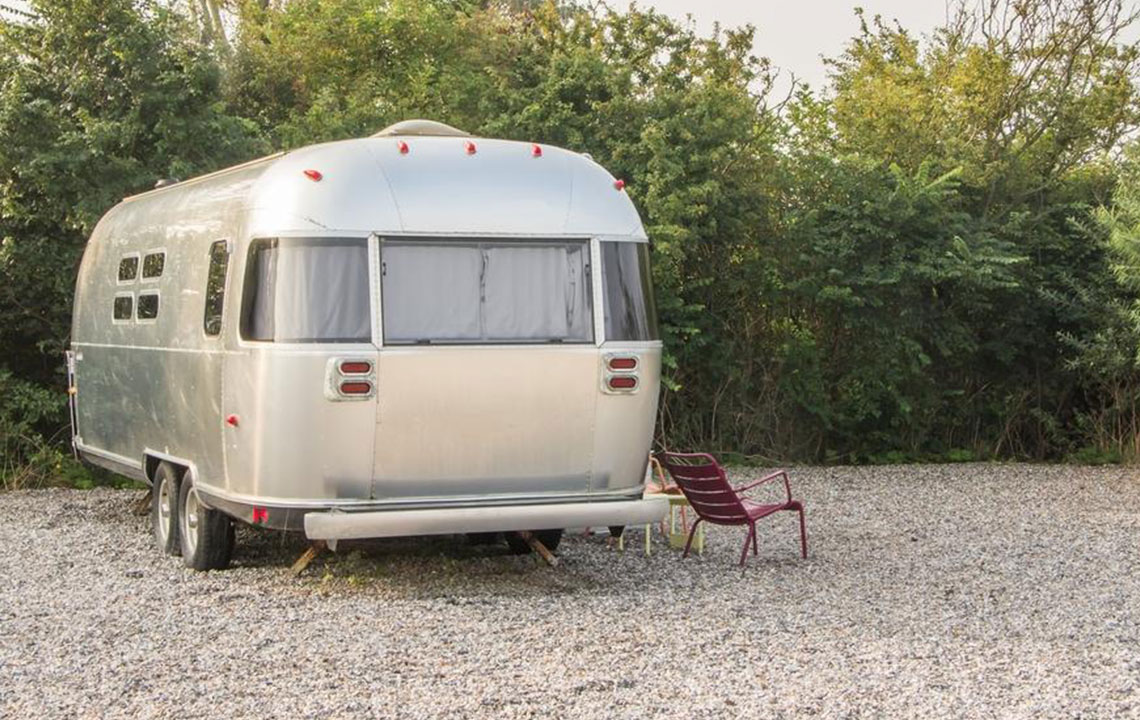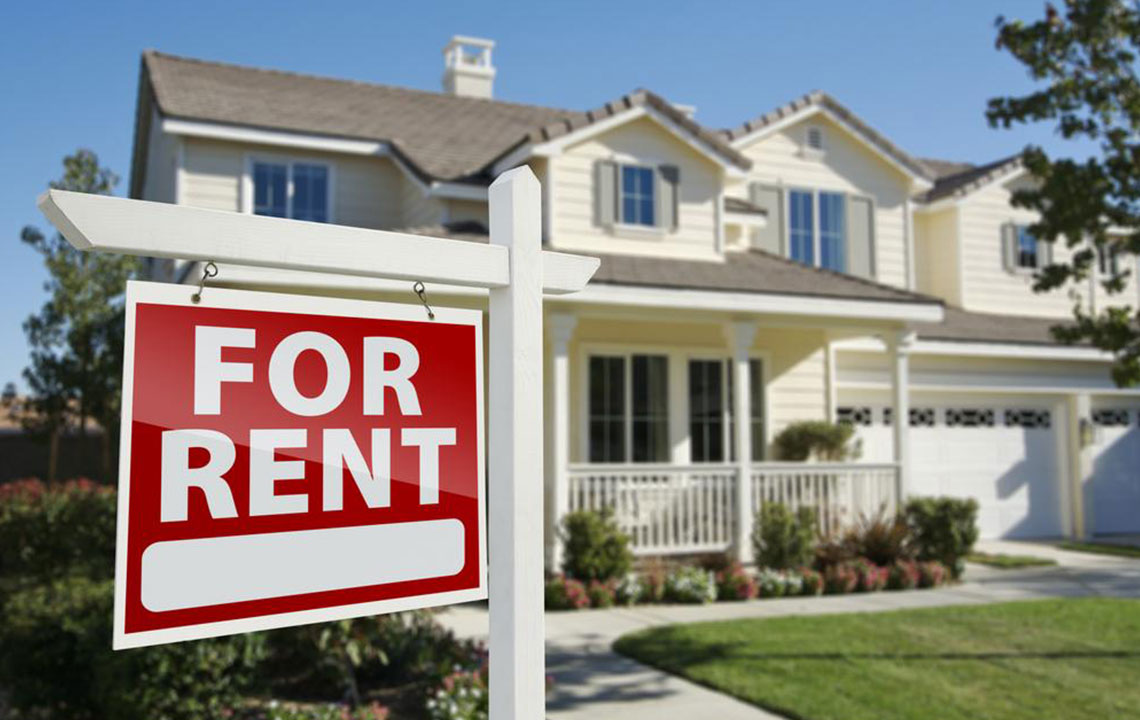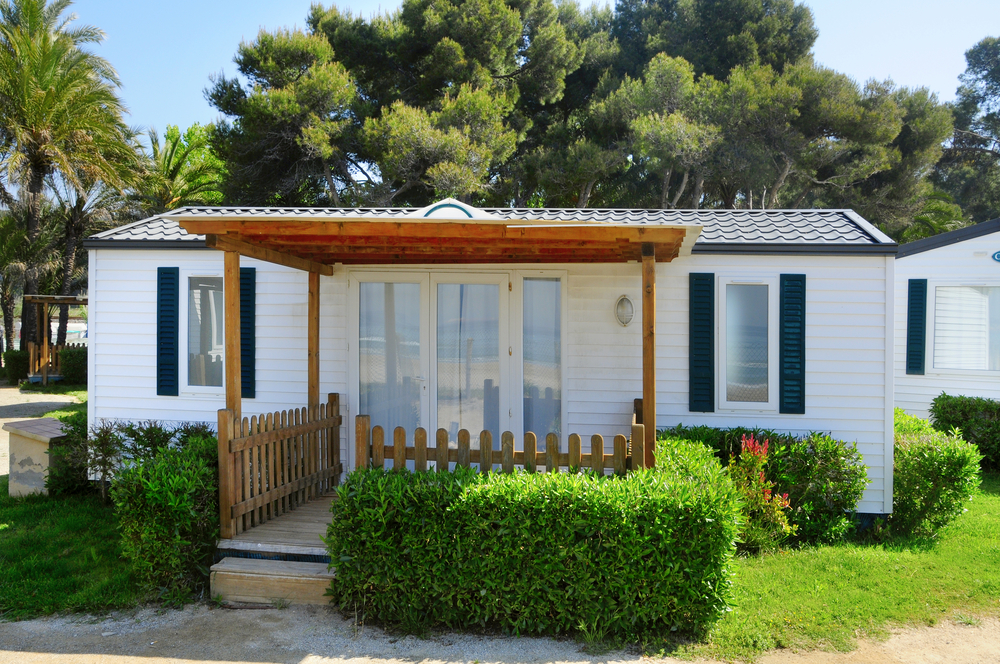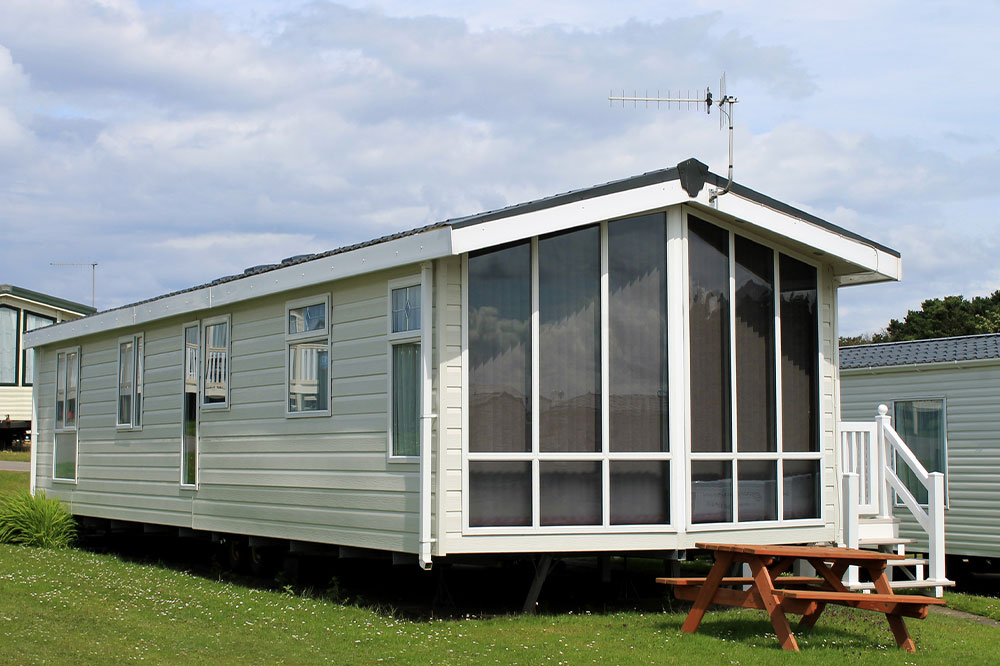Your Ultimate Guide to Budget-Friendly Mobile Homes: Affordable Living Options Explored
Discover the advantages of mobile homes as affordable, customizable, and versatile living options suitable for diverse lifestyles. Learn about various configurations, costs, and community benefits in this comprehensive guide to budget-friendly mobile home living.
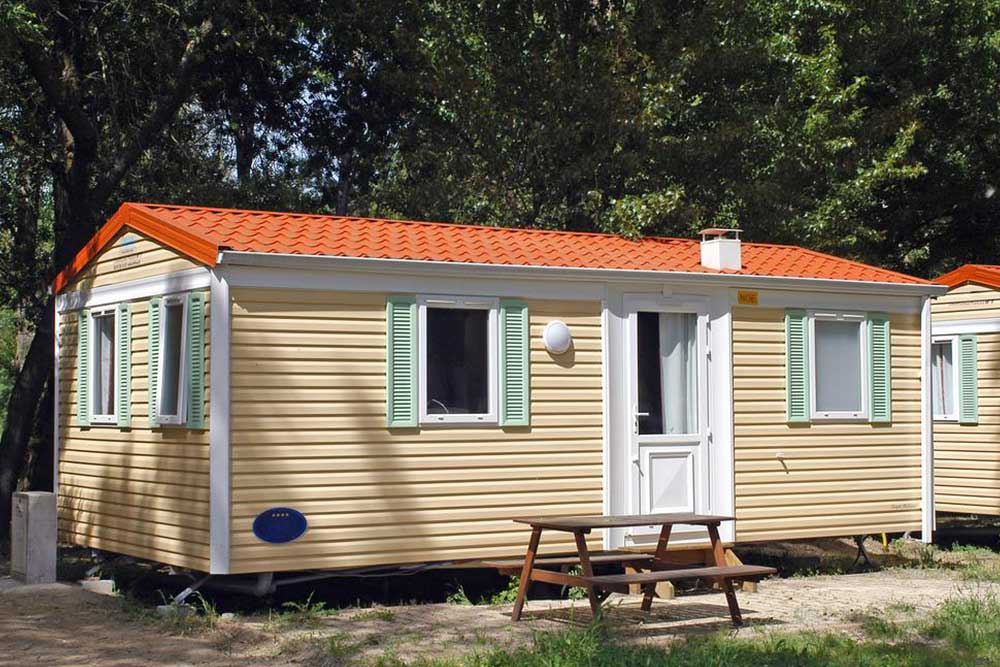
Affordable Mobile Homes: Your Comprehensive Guide to Cost-Effective and Flexible Living
Mobile homes, frequently referred to as trailers or manufactured homes, have undergone significant transformation over the decades. Originally designed as temporary or portable shelters, modern mobile homes now stand out as versatile, customizable living spaces that appeal to a broad demographic, including retirees seeking peaceful communities, young families looking for affordable housing solutions, and individuals aiming to reduce living expenses without sacrificing comfort. These homes offer the unique advantage of mobility, allowing owners to relocate their residence, provided they consider the associated costs of moving.
In recent years, mobile homes have experienced a resurgence as a popular and practical housing alternative. Thanks to advancements in construction technology, modern mobile homes boast stylish, contemporary designs with a range of layout options—typically featuring 1 to 5 bedrooms—that can be tailored to individual tastes and needs. Open floor plans are common, providing spacious and flexible interiors that maximize available space. Personalized touches such as walk-in closets, spa-like bathrooms, custom kitchen finishes, and energy-efficient appliances make these homes extremely attractive for budget-conscious buyers seeking quality and style.
One of the key advantages of affordable mobile homes is their cost efficiency. These residences are generally priced significantly lower than traditional stick-built homes, making homeownership accessible to a larger segment of the population. In addition to lower purchase prices, mobile homes often benefit from reduced property taxes and maintenance costs, contributing to their overall affordability. Many mobile home communities also offer amenities such as swimming pools, fitness centers, clubhouses, and green spaces, enhancing residents' quality of life and fostering a sense of community.
Across the nation, mobile homes are available in various configurations, including single-wide, double-wide, and triple-wide options, each catering to different space requirements and budgets. Single-wide mobile homes, typically ranging from 600 to 1200 square feet, provide a comfortable living space at an entry-level price point starting at around $45,000. These units often feature two bedrooms, one or two bathrooms, and an efficient layout perfect for singles, couples, or small families. They are ideal for those seeking an affordable, low-maintenance home without sacrificing essential amenities.
Double-wide mobile homes are more spacious, generally offering approximately 2000 square feet of living space. Priced around $80,000, these homes typically feature three bedrooms, multiple baths, expansive kitchens, and large living areas, making them suitable for growing families or those desiring a more open living environment. The additional space and design flexibility make double-wides a popular choice among budget-conscious buyers who value comfort and functionality.
For those with larger needs or who prefer high-end features, triple-wide mobile homes expand the possibilities further. These larger units can exceed 4,500 square feet, with premium models reaching costs upwards of $100,000 to $300,000. They offer luxurious finishes, multiple bedrooms and bathrooms, and versatile layouts that cater to families seeking spacious, customized homes. Despite the higher price points, triple-wides still remain more affordable than traditional brick-and-mortar counterparts, especially considering the level of personalization and comfort they provide.
Beyond purchase price, mobile homes offer budget advantages through lower ongoing costs. Many states and communities do not impose property taxes on mobile homes, or if they do, the rates are significantly lower than those for traditional homes. Maintenance and insurance costs are also generally reduced, contributing to lower monthly expenses. Mobility further enhances their appeal: owners have the option to relocate their homes if they decide to move for work, family, or lifestyle reasons, although transportation costs should be considered in planning.
Mobile home communities further enhance affordability by offering shared amenities, social activities, and maintenance services, reducing individual responsibilities and costs. These communities often include features such as swimming pools, fitness centers, playgrounds, walking trails, and clubhouses where residents can gather and socialize. The sense of community and available amenities make mobile homes an attractive living option for retirees, singles, and families alike.
In conclusion, mobile homes have evolved from being seen merely as temporary or low-cost housing solutions to becoming stylish, efficient, and customizable residences suitable for a variety of lifestyles. Their affordability, flexibility, and modern features position them as a smart choice for those seeking budget-friendly living without compromising on comfort. Whether you're interested in a compact single-wide, a spacious double-wide, or a luxurious triple-wide, mobile homes provide a wide spectrum of options tailored to different budgets and needs—making them an ideal solution for affordable, flexible, and modern living.
